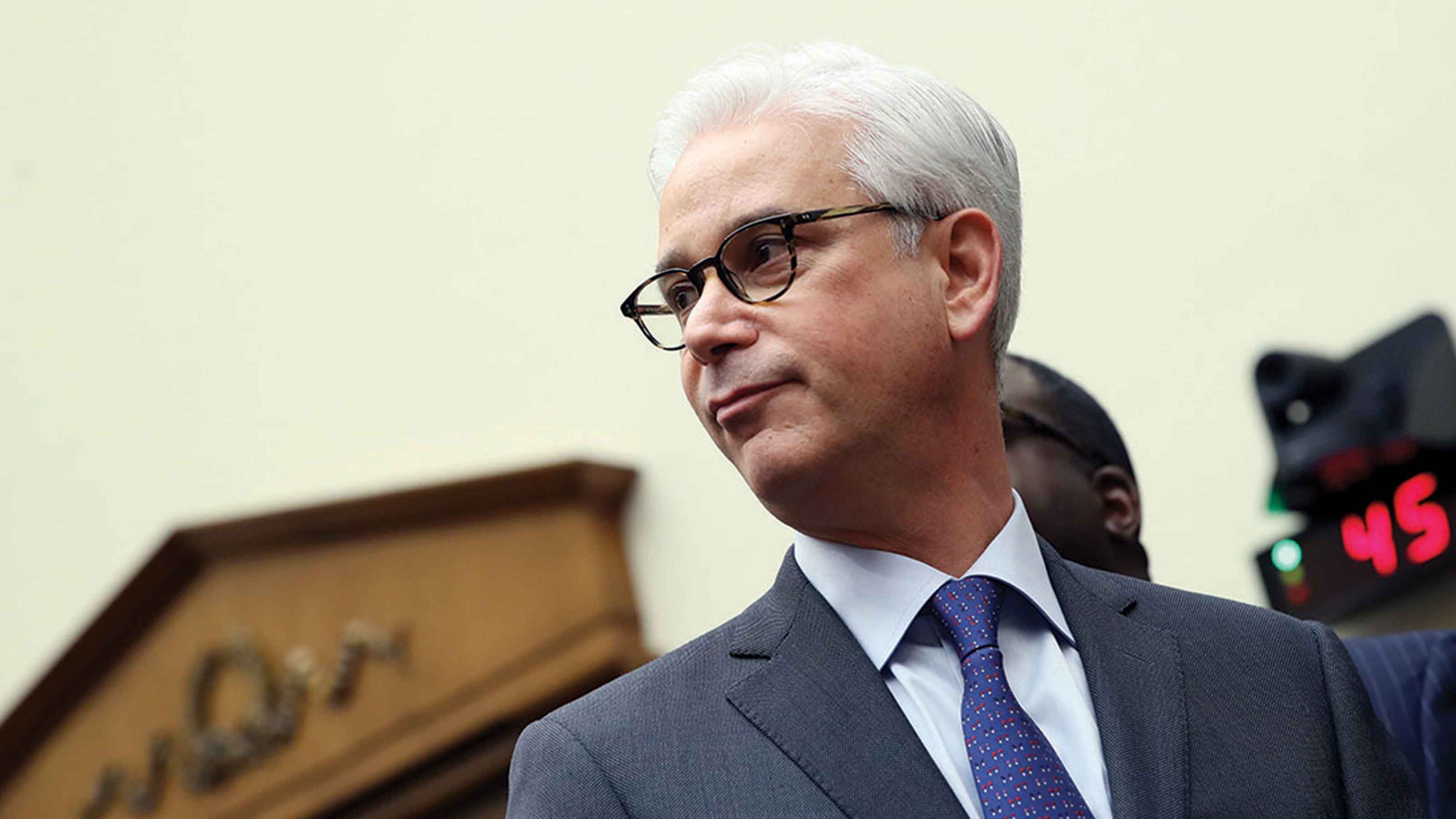Jobs and Hiring Outlook, 2016
Tech and health care continue to lead the fields where jobs go wanting. Employers who need to fill those slots will have to pick up their game.

As the labor market continues to tighten, with employers filling an additional 211,000 positions in November and more job openings expected in 2016, it’s getting harder for firms to find qualified workers.
Look for payrolls to expand further next year by 190,000 jobs per month on average, versus 2015’s 209,000 per month. The slight downshift will come as the jobless rate keeps on falling--to 4.6% as 2016 ends. That’s close to what economists consider to be full employment, though the rate is actually near 10% when the discouraged and underemployed are counted.
The strong job market will pressure wages as more and more employers boost pay to lure workers. We expect wages to go up 2.5% on average next year, compared with 2.2% this year. In 2017, as the economy continues to gain steam, they’ll rise 2.8%.

Sign up for Kiplinger’s Free E-Newsletters
Profit and prosper with the best of expert advice on investing, taxes, retirement, personal finance and more - straight to your e-mail.
Profit and prosper with the best of expert advice - straight to your e-mail.
Among the fastest-growing jobs: In tech, developers of applications and systems software, database administrators, cybersecurity experts and all manner of artificial intelligence specialists.
In health care: physician assistants and nurse-practitioners, in addition to doctors, pharmacists and dentists. Also, respiratory therapists, cardio and radiological technicians and similar jobs, which pay around $50,000 or more a year with just a two-year associate degree.
Other fast-growing fields include transportation, where air traffic controllers and truckers remain in acute demand. Financial services, where financial planners are needed to serve retirees, will also see job growth, along with primary education, which lacks enough teachers.
But some jobs will stay in a sustained decline. Printing press operators, for example, whose ranks are being depleted by the digital age. In fact, the outlook for factory workers is gloomy across the board. Those jobs are being replaced by increased automation or are being shifted abroad.
What firms can do
Helpful ways to find and keep good workers: Recruit in adjacent industries for people with skills that can be adapted to your needs with adequate training. Establish internships and apprentice programs to tap younger candidates. Welcome back former employees, who may be more than happy to return. Many companies are reversing policies against taking back folks who flew the coop.
Don’t overlook veterans. And be open to hiring former felons, giving them a second chance. You can earn a tax credit of up to $9,600 per veteran or ex-con hired. Cultivate a reputation as a great place to work, which is important to millennials and others. Thank job applicants for their interest -- they’ll think well of you for it.
Consider expanding your referral bonus program to spouses, ex-workers, etc. Workers who come in via referral are typically of higher quality and more familiar with your business. Provide solid career advancement opportunities through mentoring and continuing education. They’ll entice star workers to stick with your company.
Get Kiplinger Today newsletter — free
Profit and prosper with the best of Kiplinger's advice on investing, taxes, retirement, personal finance and much more. Delivered daily. Enter your email in the box and click Sign Me Up.

David is both staff economist and reporter for The Kiplinger Letter, overseeing Kiplinger forecasts for the U.S. and world economies. Previously, he was senior principal economist in the Center for Forecasting and Modeling at IHS/GlobalInsight, and an economist in the Chief Economist's Office of the U.S. Department of Commerce. David has co-written weekly reports on economic conditions since 1992, and has forecasted GDP and its components since 1995, beating the Blue Chip Indicators forecasts two-thirds of the time. David is a Certified Business Economist as recognized by the National Association for Business Economics. He has two master's degrees and is ABD in economics from the University of North Carolina at Chapel Hill.
-
 Stock Market Today: Stocks Soar on China Trade Talk Hopes
Stock Market Today: Stocks Soar on China Trade Talk HopesTreasury Secretary Bessent said current U.S.-China trade relations are unsustainable and signaled hopes for negotiations.
By Karee Venema
-
 2026 Disney Dining Plan Returns: Free Dining for Kids & Resort Benefits
2026 Disney Dining Plan Returns: Free Dining for Kids & Resort BenefitsPlan your 2026 Walt Disney World vacation now. Learn about the returning Disney Dining Plan, how kids aged three to nine eat free, and the exclusive benefits of staying at a Disney Resort hotel.
By Carla Ayers
-
 Executives Are Getting More Cash Bonuses. Here’s How to Avoid Spending It All.
Executives Are Getting More Cash Bonuses. Here’s How to Avoid Spending It All.Business Executives Looking to keep key employees, companies are handing out more cash bonuses. When deciding the best use of this money, ask yourself, “What matters most to my financial future?”
By Lisa Brown, CFP®, CIMA®
-
 The Benefits of Serving on a Board in Retirement
The Benefits of Serving on a Board in RetirementBusiness Executives Landing a board seat for a nonprofit or a corporation is a great way to utilize the skills you learned during your career while doing something that's fulfilling.
By Alina Tugend
-
 Don't Count on a Bonus or Recapturing Last Year's Pay Cut – Budget Around It Instead
Don't Count on a Bonus or Recapturing Last Year's Pay Cut – Budget Around It InsteadBusiness Executives If you are worried that your executive compensation may not meet your expectations in 2021, it’s best to prepare for the worst now. Here’s how.
By Josh Monroe, CFP®, ChFC
-
 Stephanie Creary: Making the Case for Diversity on Corporate Boards
Stephanie Creary: Making the Case for Diversity on Corporate BoardsBusiness Costs & Regulation Adding underrepresented voices can improve a company’s bottom line.
By Rivan V. Stinson
-
 Federal Debt: A Heavy Load
Federal Debt: A Heavy LoadEconomic Forecasts The debt continues to grow, but record-low interest rates could ease the long-term damage.
By David Payne
-
 How We Lose When We Overlook Black Talent
How We Lose When We Overlook Black TalentBusiness Executives Comments from Wells Fargo CEO Charles Scharf (pictured) reflect a culture that tramples on clients’ trust and limits opportunities for people of color.
By Doug Glanville
-
 How the Fed's Moves Affect You
How the Fed's Moves Affect YouEconomic Forecasts It’s pumping trillions of dollars into the economy and keeping rates near zero. Savers are sunk, but borrowers get a boost.
By David Payne
-
 7 CARES Act Tax Breaks for Businesses
7 CARES Act Tax Breaks for BusinessesTax Breaks No matter what business you're in, there's probably at least one CARES Act tax breaks that can improve your bottom line and help you stay afloat.
By Joy Taylor